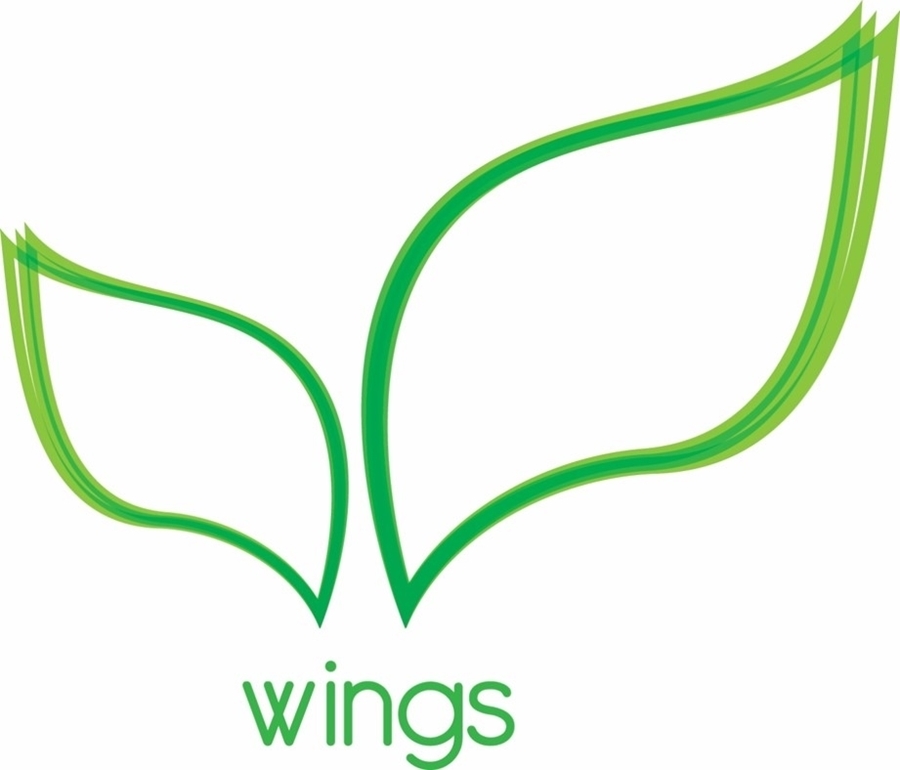
Nowadays, it seems unthinkable, but until the twentieth century, there was a shortage of manure. However, the manure management forms now a real barrier to a sustainable future for dairy farms. That is why Danone Belgium started a pilot project in 2019, together with VCM and some dairy farmers. With this collaboration, a lot of knowledge was gathered. This, together with practical points of interest, were bundled in a manure processing knowledge manual, the first of its kind.
From challenge ...
Concerns about a sustainable future were first raised in 2014 in a survey by dairy farmers who supply Danone. In this survey, in which Danone regularly assesses what is going on with its dairy farmers, almost half indicated that manure, and the marketing thereof, is one of the most important bottlenecks for the continued existence of the dairy farm. Europe imposes strict rules about the amount of manure that can be applied on the field to protect the water quality and biodiversity. But the Flemish dairy farmers often don’t have enough land available to spread their manure.
... to opportunity
Danone did not get stuck and found a partner in VCM. This is how the three-year project “Wings” was created in 2016, in which both partners started looking for innovative solutions for the manure surplus in dairy farms. This project received a substantial financial from the Danone Ecosystem Fund, which supports innovative local projects that can create social, ecological ánd economical impact.
Together with a pilot group of dairy farmers, various manure processing techniques were investigated on financial and practical feasibility. So, a test was carried out with a manure processing installation that was able to recover nitrogen from manure surplus with the purpose that dairy farmers can produce their own fertilizers instead of purchasing them. This is a concrete example of circular agriculture.
a call to the sector
VCM and Danone encountered various challenges during the pilot project. Despite technical difficulties, the partners succeeded in producing fertilizer with the correct specifications. Unfortunately, there was also a high cost impact that makes the scalable rollout of the solution not feasible at the moment. It also became clear that some important barriers in the legislations need to be addressed to allow this transition to more sustainable manure processing and circular agriculture. Nowadays, the legislation doesn’t allow the use of fertilizer of animal origin. Yet all partners strongly believe that this project has brought us a step closer to a circular agriculture.
It is important to continue to set up pilot projects, together with all involved partners, such as research institutions, consultancy firms, of course the dairy farmers themselves and also including the government, and to continue to search for improved techniques and opportunities for sustainability. Only in this way, we can ensure that circular agriculture is also put into practice and, consequently, realizes the social, ecological and economical “triple win”.
Manual "solutions for the manure surplus in the milk farming"
All the knowledge and practical points of interest that have been collected over the past three years, have been bundled in a manure processing manual, specifically written for dairy farmers. This manual starts with a thinking exercises to determine the guidelines for the manure processing project. Questions such as “Which scale size fits your company?” or “Who will operate the installation?” are discussed. Next, an overview is given of the techniques that can be applied to bovine manure. Both the traditional manure processing techniques as the more innovative solutions are discussed. Finally, a concise overview is given of the subsidy options and the applicable legislation.
You can find the manual “solutions for the manure surplus in the milk farming” here (Dutch) or here (English). Although the manual is focused on cattle husbandry, the general information also applies to the processing of pig manure.